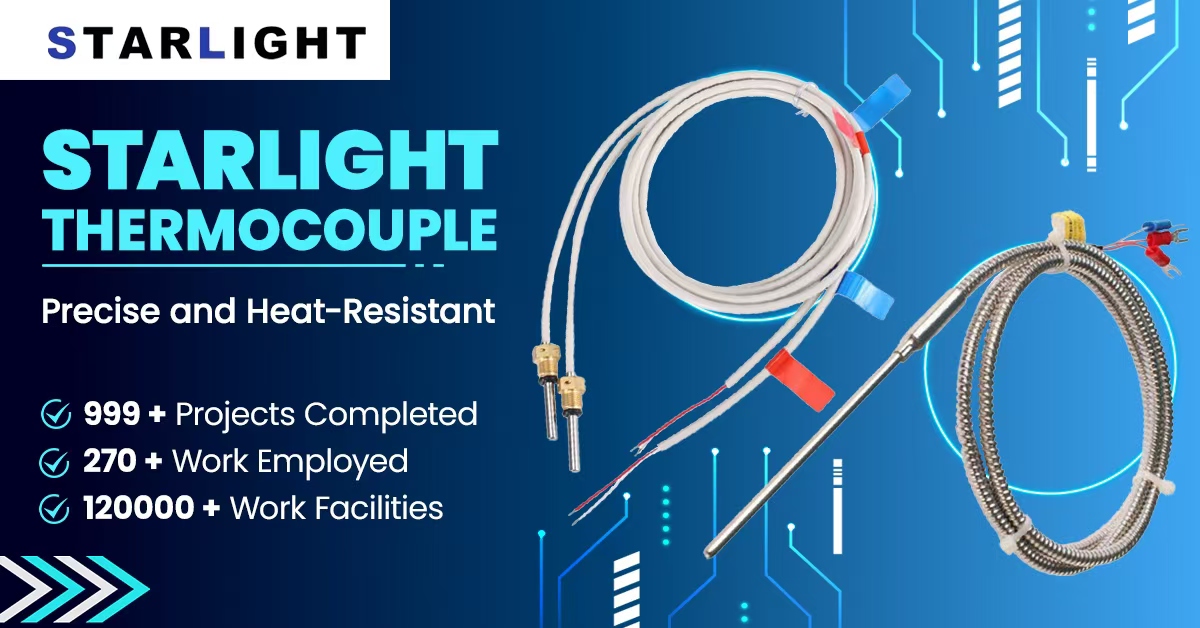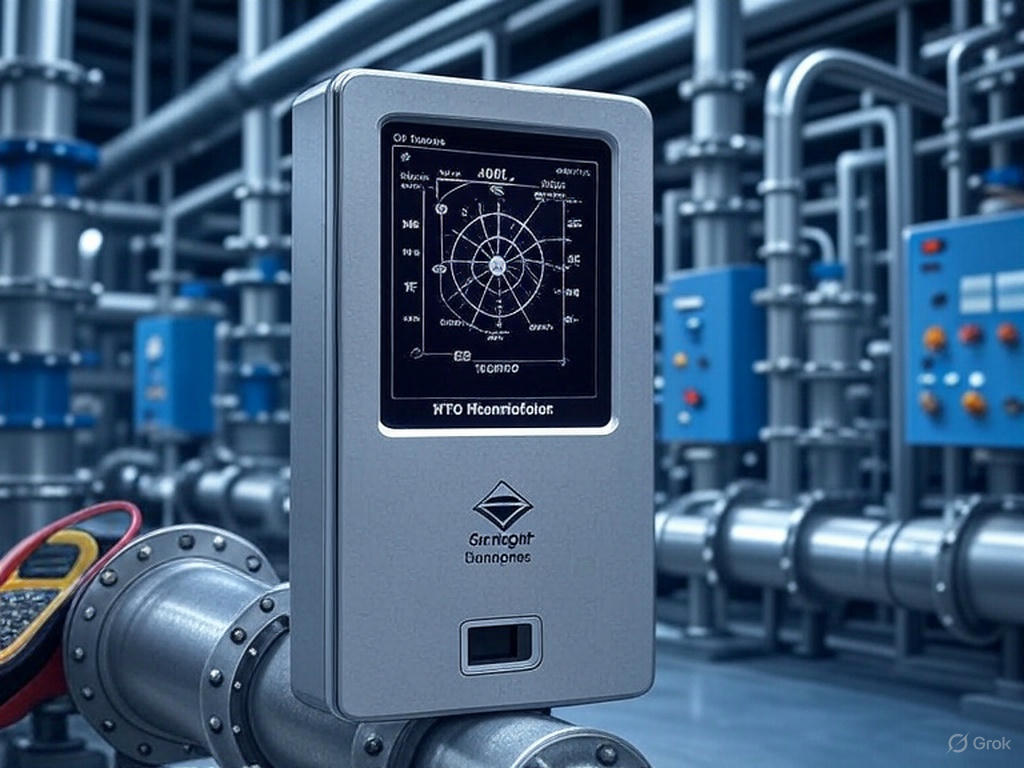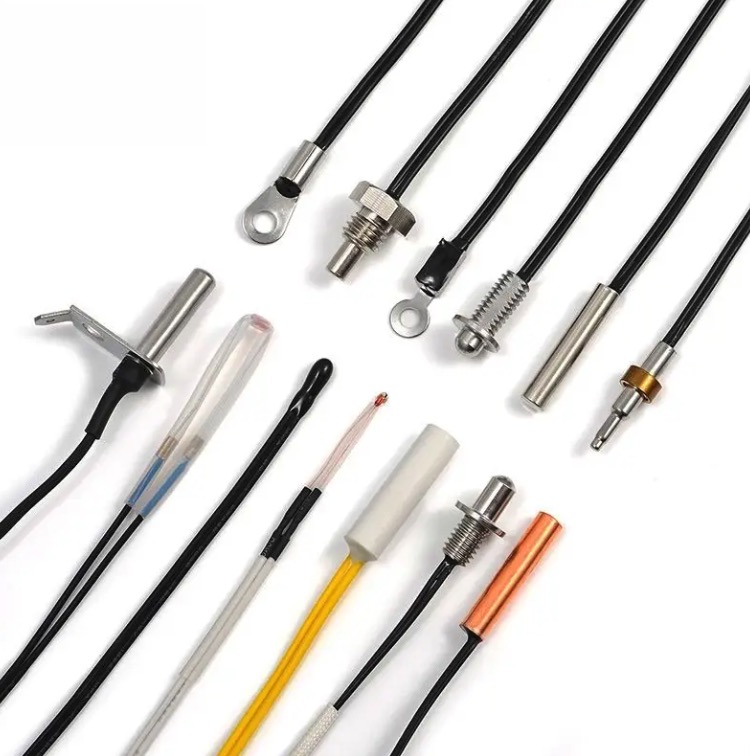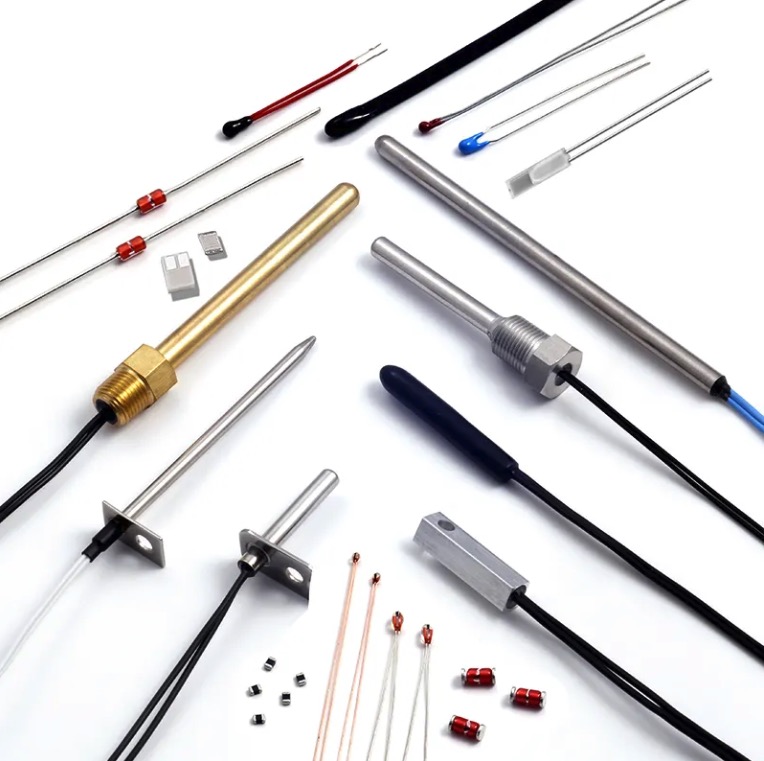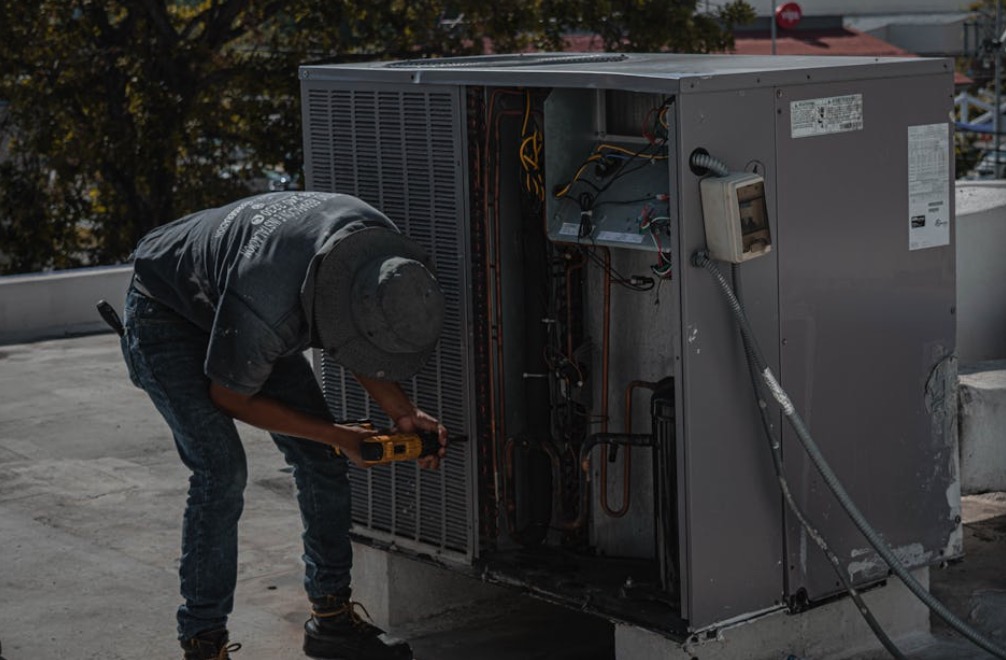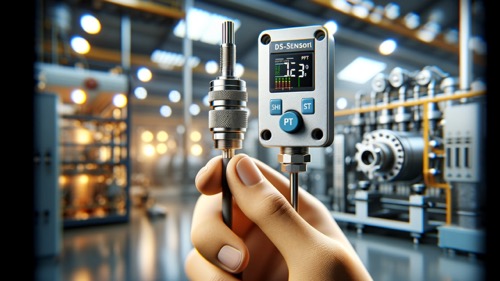
The Growing World of Electrical Parts Manufacturing: A Business on the Rise
In today’s world, electrical parts are everywhere, powering everything from everyday household gadgets to complex industrial machinery. Whether we realize it or not, electrical components make the world go round. The electrical parts manufacturing business has become an indispensable pillar of the modern economy, serving industries ranging from consumer electronics to renewable energy, automotive, and beyond. But how did this business become so important, and why is it booming today? Let’s take a closer look. The Role of Electrical Parts in Modern Society Electrical parts include a vast range of components such as wires, resistors, capacitors, circuit boards, transformers, connectors,

